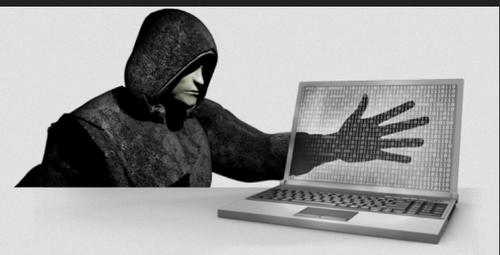As you know, every year the medical community campaigns for everyone to get a flu shot. This is because the flu outbreaks occur at a certain season of the year when they begin to spread and spread to people.
On the contrary, there are no predictable seasonal epidemics for PCs, smartphones, tablets and business networks. In this case, it's always flu season. But instead of having chills and pain throughout the body, users can suffer from a kind of machine disease: malware.
Malware infections come to us as the flow of water from a fire hose, each with its own attack methods, which can be stealthy and overlapping or nothing subtle, like a blow. We leave you too much what you have to know about Malware and how to avoid it in the future.
What is malware?
Malware or "malicious software" is a broad term that describes any malicious program or code that is harmful to systems.
Hostile, intrusive and intentionally unpleasant malware attempts to invade, damage or disable computers, computer systems, networks, tablets and mobile devices, often assuming partial control of the operations of a device. Like the flu, it interferes with normal functioning.
The intention of the malware is to take money from the user illegally. Although malware cannot damage system hardware or network equipment, it can steal, encrypt or erase your data, alter or hijack basic computer functions and spy on your computer activity without your knowledge or permission.
How can I know if I have a malware infection?
Malware can manifest itself through various aberrant behaviors. Here are some telltale signs that you have malware on your system:
- The computer slows down.
- The screen is filled with waves of annoying advertising that should not be displayed.
- The system crashes constantly or shows a blue screen BSOD (Blue Screen of Death), which may appear on Windows systems when a serious error is encountered.
- Notice a mysterious loss of available disk space, probably due to an unwanted occupant of malware that is hidden on your hard drive.
- There is a strange increase in system activity on the Internet.
- The use of system resources is abnormally high and the computer fan starts running at full speed, which indicates that malware activity has appropriated system resources in the background.
- The browser homepage changes without your permission.
- The browser unexpectedly fills up with new toolbars, extensions or add-ons.
- Your antivirus product stops working and you cannot update it, leaving it unprotected against the trickster malware that disabled it.
- Ransomware may also occur, which hijacks your data and demands a ransom to return your files.
How did I get infected with malware?
The two most common ways in which malware obtains access to the system: Internet and email, that is, basically all the time it is connected to the Internet.
Malware can penetrate your computer when you browse hacked websites, click on game demos, download infected music files, install new toolbars from an unknown provider, install software from a dubious source, open an email attachment malicious or download virtually anything from the web on a device that lacks a quality antimalware security application.
It is essential to simply use trusted sources for mobile applications and install only reputable applications, downloaded directly from the provider's site, never from any other site.
Malware attacks would not work without the most important component: you. That is, a credible version of you that opens without thinking an email attachment that does not recognize or clicks on something from an untrusted source and installs it.

